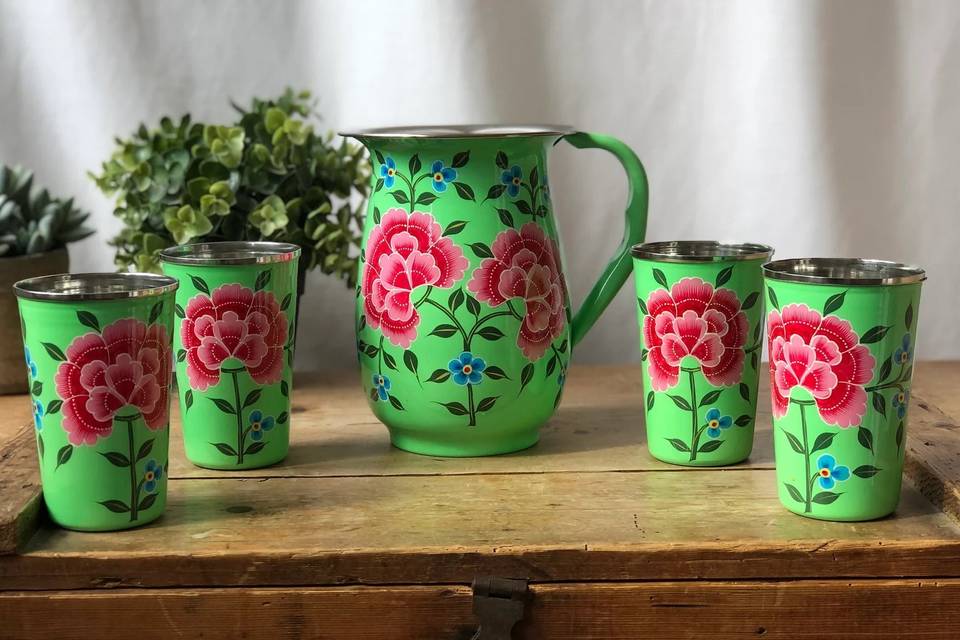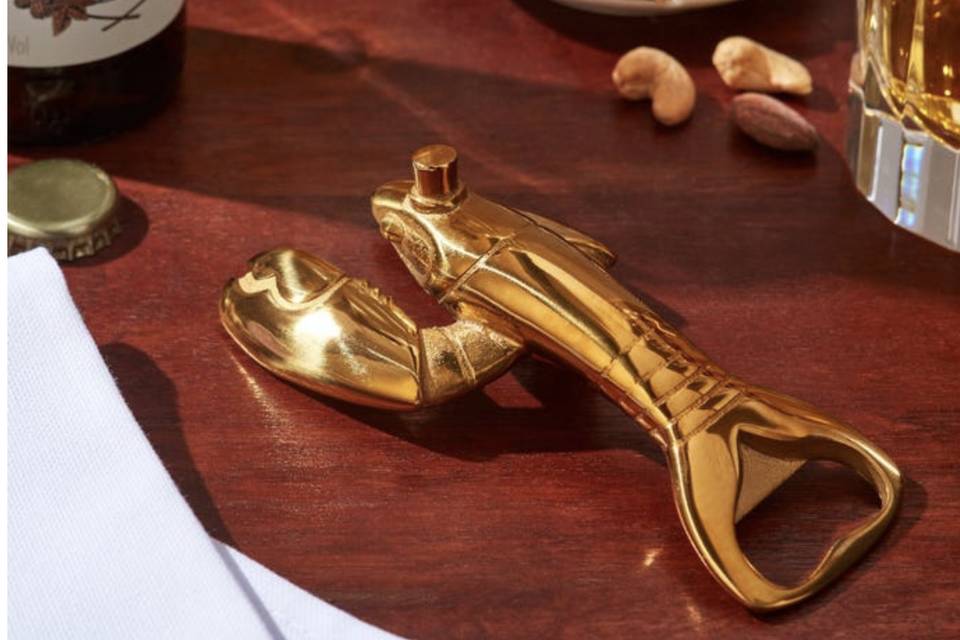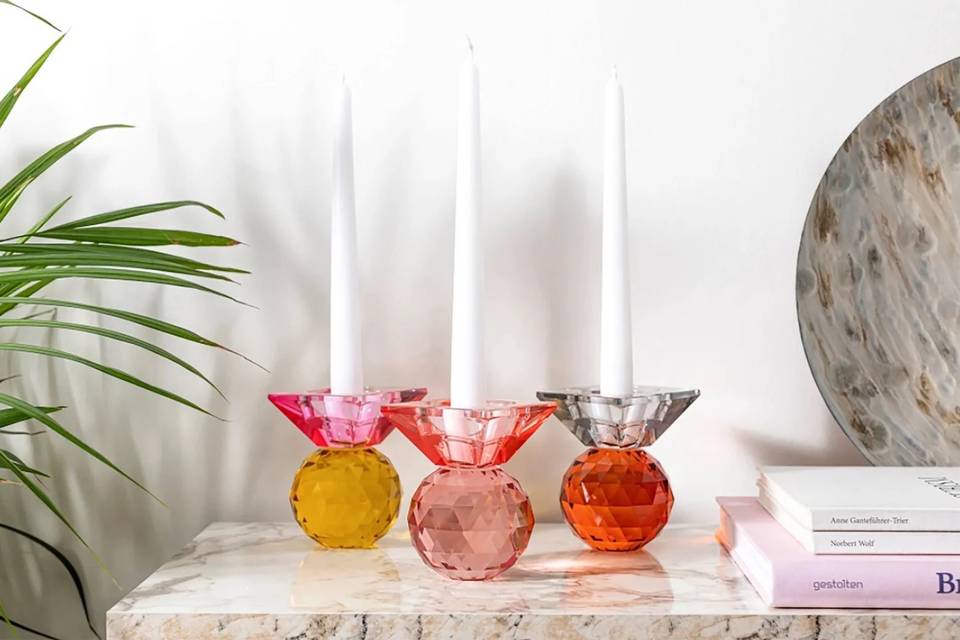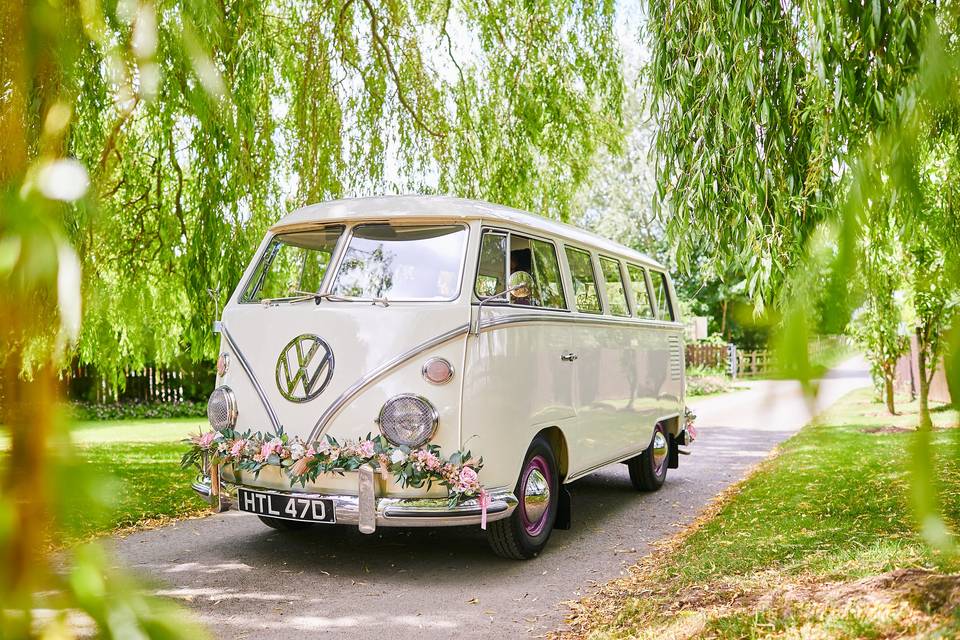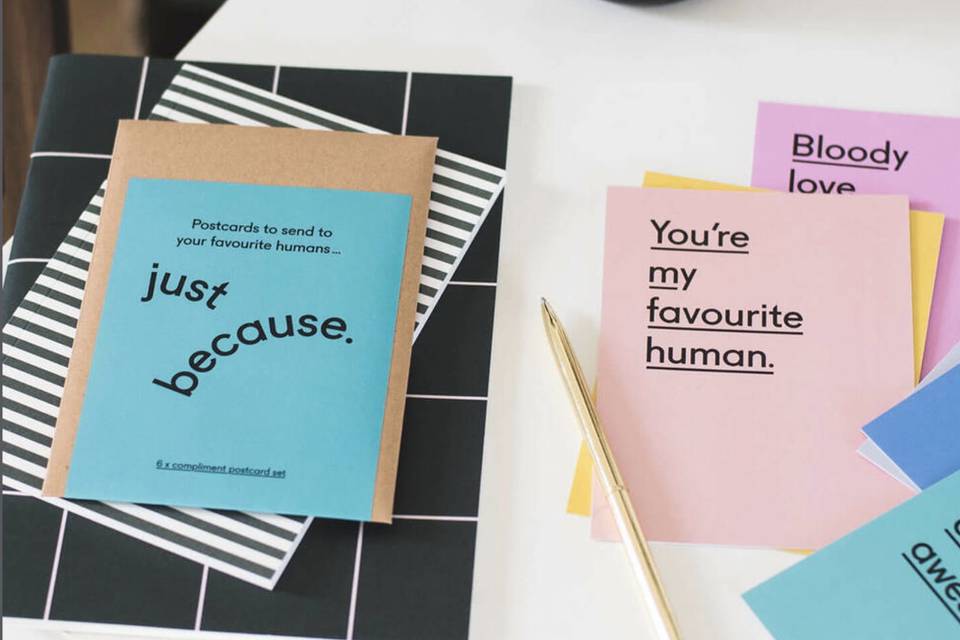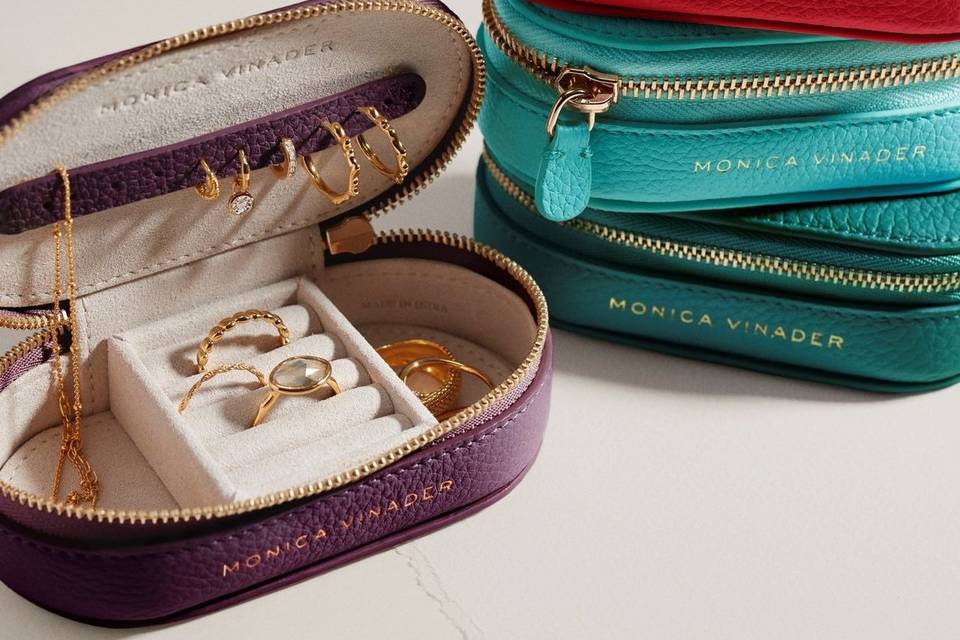70 Wedding Traditions & Their Meanings in the UK & Rest of the World
Why does the bride throw her bouquet on the big day? Why do we wear something blue? Here, we explain all of unique marriage customs and wedding traditions!
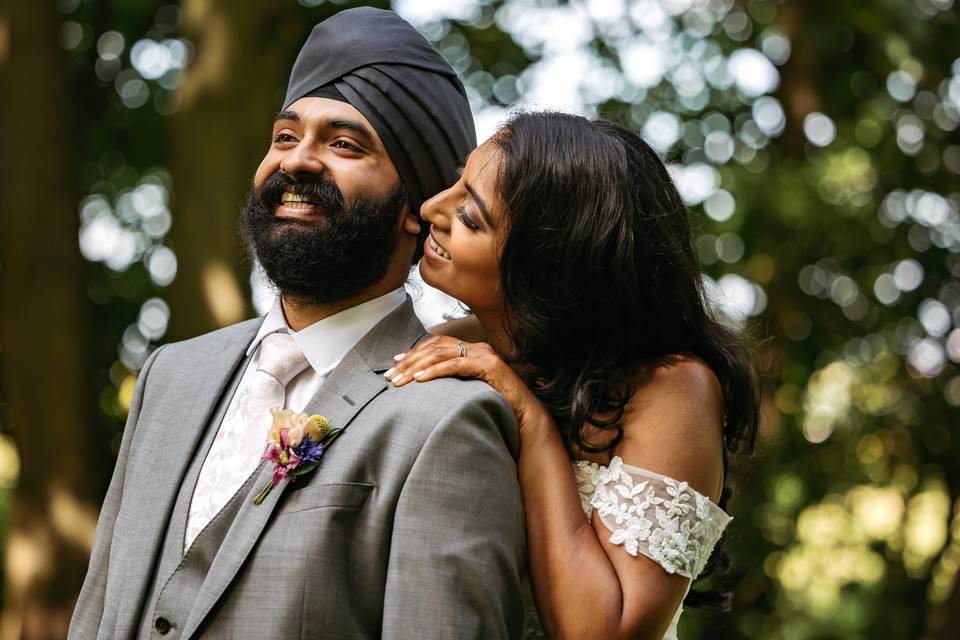

Wedding traditions and superstitions have played a huge part in wedding celebrations across the globe for hundreds of years.
If you’re in the midst of wedding planning, you’ve probably been frantically searching for something blue, warning your OH they can’t see you before you walk down the aisle, and planning your bouquet toss. It’s likely your partner also probably proposed on one knee, too. But do you actually know where these wedding traditions come from and what they mean?
With this handy guide, you’ll be a fountain of knowledge when it comes to a traditional wedding and superstitions, so you’ll know exactly which traditions you want to ditch, and what the traditions you choose to keep actually mean! We've even included traditions of a wedding and weddings from around the world should you wish to incorporate something new into your special day.
Plus, we've recruited luxury wedding planner Mark Niemierko, and Jessica Ghansah from Occasion Queens, to share their insights into the wedding rituals and traditional wedding customs that still prevail in the 21st century. Keep reading to hear their thoughts!
- Wedding Traditions: 15 British Wedding Ceremony Traditions
- Wedding Traditions Before the Big Day
- Wedding Traditions To Do On The Wedding Day
- Wedding Traditions from Around the World
- Old-Fashioned Wedding Traditions That May Surprise You!
Wedding Celebrations: 15 British Wedding Ceremony Traditions
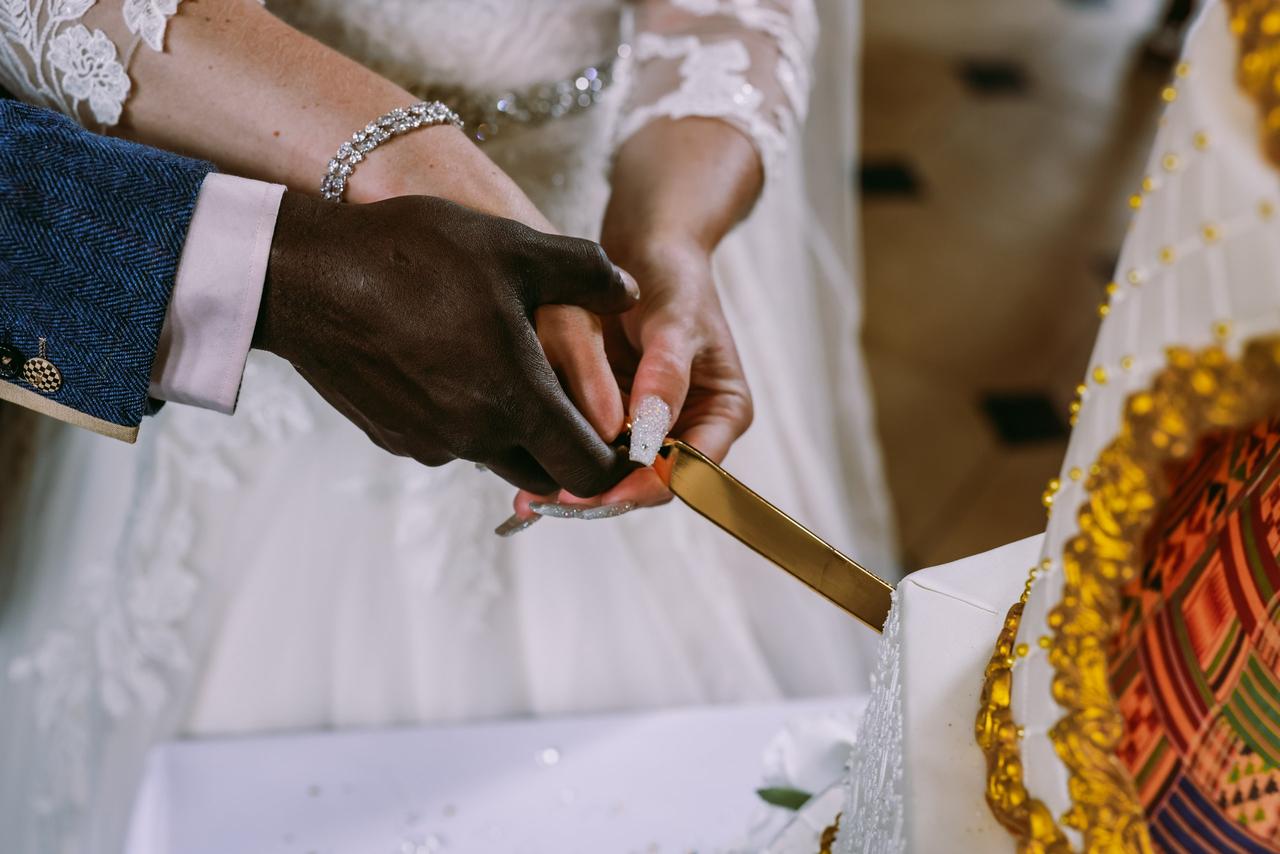
What Are Traditional Marriage Celebrations?
While couples today are making their own wedding rules for their big day, there are traditional wedding rules that you can choose to follow (or not!) such asking for permission or a blessing to get married, each family having to sit on separate sides for the ceremony and guests not wearing black to the wedding.
What is the Most Popular Wedding Tradition?
Some old English wedding traditions and classic British wedding traditions certainly stand the test of time! According to the Hitched National Wedding Survey, in 2023, 90% of couples still bought a wedding dress and 71% purchased a wedding cake.
What Are the British Wedding Traditions in the UK?
There are plenty of timeless traditions that couples in the UK embrace on their big day. The Hitched National Wedding Survey revealed that in 2023, the average spend on bridesmaid dresses is up 38% year on year, indicating that having a traditional wedding party is still a huge part of a couple's special day.
Are There Any New Wedding Traditions?
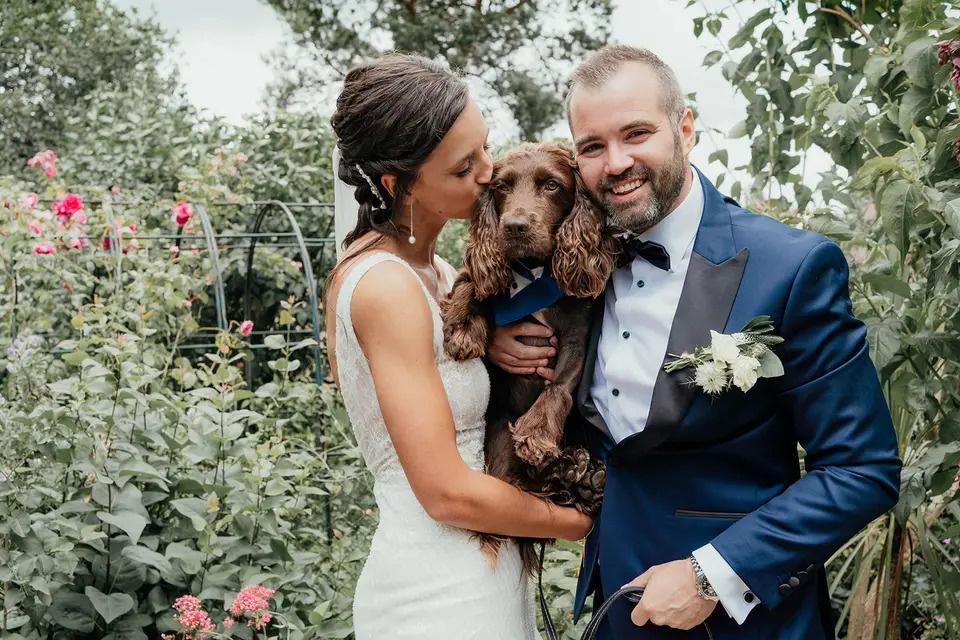
We've seen the emergence of some exciting new British wedding traditions. Our National Wedding Survey found that 20% of couples had a 'first look', nearly a third of brides gave a wedding speech, almost a quarter changed their outfit during the day, and 1 in 5 couples are choosing to hire a celebrant.
80% of couples agree that guest satisfaction and entertainment is the most important element of their wedding, meaning couples are investing in the experience and going all out to wow their guests.
Wedding Traditions Before the Big Day
Do you know why nearlyweds traditionally wear something blue on the big day? Or why we wear our wedding rings on the fourth finger? We decided to investigate the most popular questions around wedding rituals to find the answers. Plus, keep reading for expert explanations from some of the UK's leading wedding pros.
1. Why Do We Get Down on One Knee to Propose?
The exact origin of this tradition is unknown, but there are lots of ideas floating around as to how it came about. The act of getting down on one knee is called genuflection, and in the Middle Ages, men would bend down in front of the women they adored. What’s more, in religion, kneeling in front of someone is a sign of respect, loyalty and obedience.
Fast forward to today, and most people still get down on one knee to propose. It represents a certain vulnerability and a deep emotional connection, showing that you’re willing to commit the rest of your life to giving your other half what they need and want. You’re almost surrendering to your love. Romantic!
2. What Day Should I Get Married On?
According to tradition, to marry during a full moon is unlucky, and during Lent is poor choice. As the age-old saying goes, “if you marry in Lent, you’re sure to repent”. There’s also a rhyme about the chosen day of your wedding celebrations, which goes a little something like this:
“Monday for health,
Tuesday for wealth,
Wednesday’s the best of all.
Thursday brings crosses,
And Friday losses,
But Saturday – no luck at all.”
In terms of the time of day to get married, it has long been said that the couple should exchange vows as the clock’s minute hand is “ascending towards heaven” – i.e. upwards. You’ve been warned!
3. Where Do Hen and Stag Parties Come From?
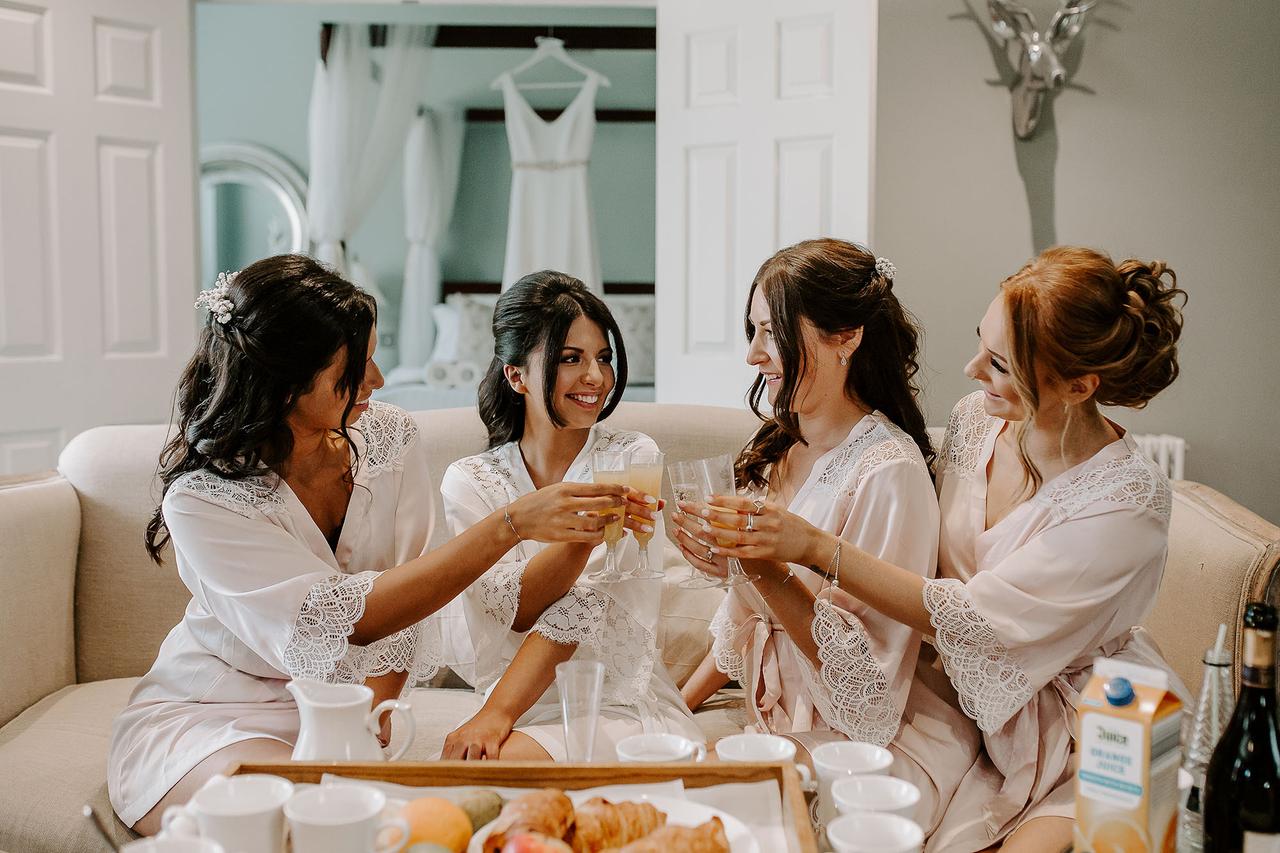
In Middle English, the word “hen” means female bird, which is why a hen party is typically for the women in your life. The term “hen party” dates back to the 1800s when it was used to refer to a gathering of women.
The idea itself is said to come from Ancient Greek wedding traditions, where marriage traditions and celebrations were split into three parts with the first being an all-female feasting dinner called the Gamos.
Stag dos emerged around a similar time, and are also traditionally Greek. The first ever stag dos took place in the Ancient Greek city of Sparta (apparently), when feasts were held to toast the groom and mark the end of youth.
Hen and stag parties are now something which most brides and grooms choose to throw before they tie the knot, with the introduction of gender-neutral sten and fox parties too!
On the Wedding Day
4. What Does “Something Old, Something New, Something Borrowed & Something Blue” Mean?
“Something old, something new, something borrowed and something blue” is an age-old Victorian rhyme. Something old represents the link with the bride’s family and the past. Many brides choose to wear a piece of family jewellery or their mother or grandmother’s wedding dress.
Something new represents good fortune and success in the bride’s new life. The wedding dress often symbolises the new item, or perhaps the bride’s shoes.
Something borrowed reminds the bride that her family and friends will be there for her when help is needed. The borrowed object might be something small, such as lace handkerchief or a hair pin.
The something blue symbolises faithfulness and loyalty. The tradition dates back to biblical times when blue represented purity. Often, the bride’s garter has a blue ribbon on it, making that the blue item.
Another tradition is that of a “silver sixpence in your shoe”. This tradition is said to bring the couple wealth and happiness during their life together, and was originally a sign that the bride’s father had sent the couple well wishes.
5. Why Can’t the Couple See Each Other Before They Meet at the Altar?
This tradition dates back to the days of arranged marriages, when marriage was more of a business arrangement than something done for love. The couple weren’t allowed to see each other before the ceremony for fear they’d pull out of the marriage!
Today, it’s simply seen as unlucky to see your other half on the morning of your wedding celebrations – but since you’re not partaking in a business deal, we’re pretty sure you shouldn’t be worried! Most people just choose not to see their spouse to build up excitement and give them a surprise when they walk down the aisle looking so beautiful.
6. Why Does the Bride Get Given Away?
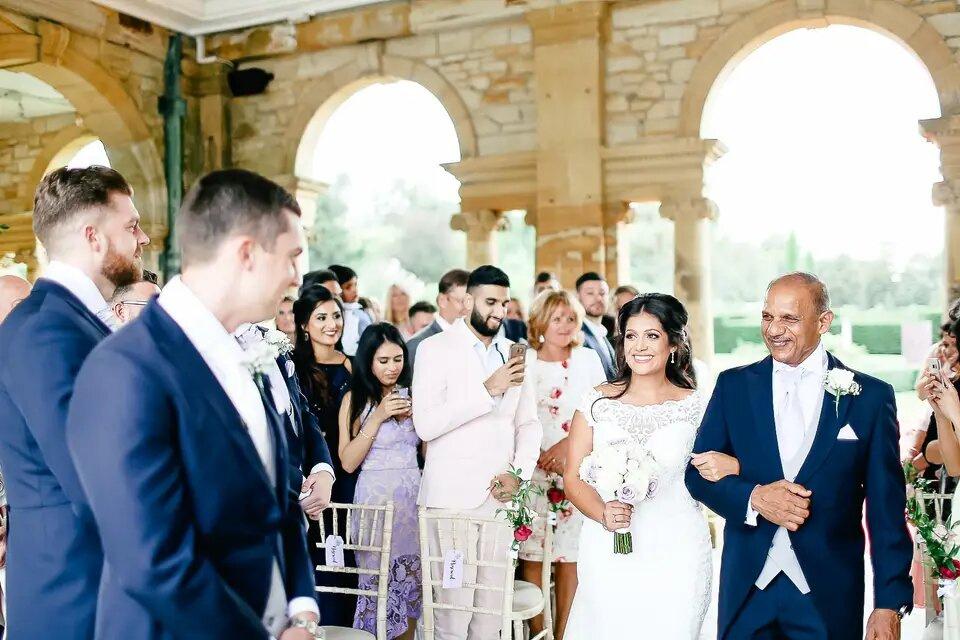
This is another tradition which dates back to the days when marriage was more of a business arrangement. Brides would quite literally be handed over to “a new owner”, usually in exchange for money or dowry.
Nowadays, it is totally up to the bride who gives them away - and as not every wedding has a bride, it's a tradition that can be reinvented to suit LGBTQ+ couples. It can be a special moment to share with your dad, but you’ve got to feel comfortable. If it’s better suited to your family, perhaps your mum or sibling could give you away.
7. Why Does the Bride Stand to the Left of the Groom?
The bride stands to the left of the groom during traditional Christian wedding celebrations so that the groom can protect her with his left arm and use his sword with the right.
Following wedding rituals, the groom would need to fight anyone who was trying to steal his wife – mostly members of her own family, since it was common for them to think she’d be “stolen”.
The exception to this is Jewish traditional wedding celebrations where the bride would traditionally stand on the right.
8. Why Do We Wear the Ring on the Fourth Finger of the Left Hand?
Many believe the tradition began with the Romans, who thought a vein ran straight from the fourth finger on the left hand to the heart. Others believe it began simply because the left hand is generally least used and so a more practical choice for adornment.
The Egyptians used the middle finger of the left hand, while ancient Gauls and Britons favoured the little finger.
Roman Catholics preferred to use the right hand for betrothal and wedding rings until the middle of the 18th century.
It is supposedly unlucky for a bride to try on her wedding ring before marriage and it is said that whichever of the couple drops the ring in church shall be the first to die. It is also said to be unlucky to remove a wedding ring before seven years of marriage. Discover more about the history of the wedding ring finger here.
9. Why Is a Wedding Cake Tiered?
It has always been tradition for cake to play a part in wedding celebrations, but originally, guests would bring small cakes and place them in front of the couple. They would then kiss over the pile of cakes to guarantee future prosperity. It also allows for that great best man joke we all love to groan at...
The wedding cake, as we know it today, is tiered – graduated cakes stacked on top of each other – and this originated at the wedding of Prince Leopold, Duke of Albany in 1882.
The cutting of the cake is a focal point at any reception today, a tradition rooted in history when the first cut was made by the bride to ensure the marriage would be blessed by children.
It's also a wedding tradition to save the top tier of your wedding cake for your first child's christening, although some couples prefer to tuck into it on their first wedding anniversary - discover how to store the top tier of your wedding cake here.
10. Why Are Wedding Dresses White?
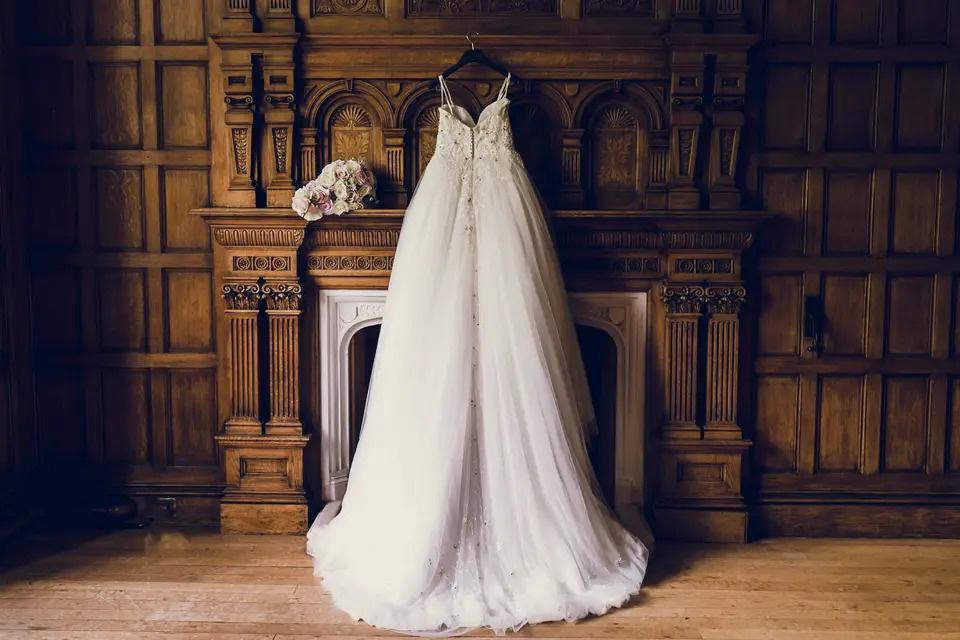
White has connotations of purity, so that is the main reason why brides would traditionally wear white on their wedding day. White is also closely linked to wealth (because apparently, only the wealthy could afford to wear it). Despite this, the trend landed much later than you might expect.
It was Queen Victoria who was the first to do so, as before her wedding to Prince Albert in 1840, brides would wear the most expensive dress they owned on their wedding day. In her diary, she wrote: “I wore a white satin dress with a deep flounce of Honiton lace, an imitation of an old design, and my jewels were my Turkish diamond necklace and earrings and dear Albert’s beautiful sapphire brooch”. See even more iconic royal wedding dresses here.
When it comes to the dress and getting ready, there’s one tradition which we’re not sure we could stick by. Traditionally, it is seen as unlucky for a bride-to-be to see her completed bridal look before saying ‘I do’.
This has evolved into some brides choosing to see their bridal look just once, when it’s completed… but even that we’re not sure we could stick to!
11. Why Does the Bride Wear a Veil?
The wedding veil hides the bride’s beauty and wards off evil spirits. Another explanation is that during the times of arranged marriages the bride’s face would be covered until the groom had committed to the marriage.
Oh, and after your wedding, don’t let your friend try on your veil! It’s supposed to mean she’ll run off with your partner, and we can’t be having that.
12. Why Does the Bride Throw Her Bouquet?
Contrary to popular belief, the bouquet wasn’t traditionally carried down the aisle just to look pretty, but to mask the bride’s odour (how rude!).
Rumour has it, the scents of fragrant flowers were used to ward off evil spirits – as were bouquets made of herbs and garlic…
Traditionally, the bride also throws her bouquet, and this is a still a very popular feature of wedding celebrations today. It stems from a French 14th century tradition, where the groom would throw the bride’s garter into the crowd, but this quickly emerged as the more civilised alternative of throwing a bouquet.
It is said that whoever catches the bouquet will be next to be married. This trend is in decline though - with only 1 in 10 weddings having a bouquet toss now.
13. Why Give Out Favours?
The tradition of giving guests something to remember the day by in the form of favours has been around for hundreds of years.
Today, the tradition has evolved to lots of couples choosing to give each guest five sugar coated almonds to symbolise health, wealth, fertility, happiness and long-life. Not many couples stick by this, though, and popular favours include seeds, mini bottles of spirits or DIY food wedding favours.
14. Why Do We Throw Confetti?
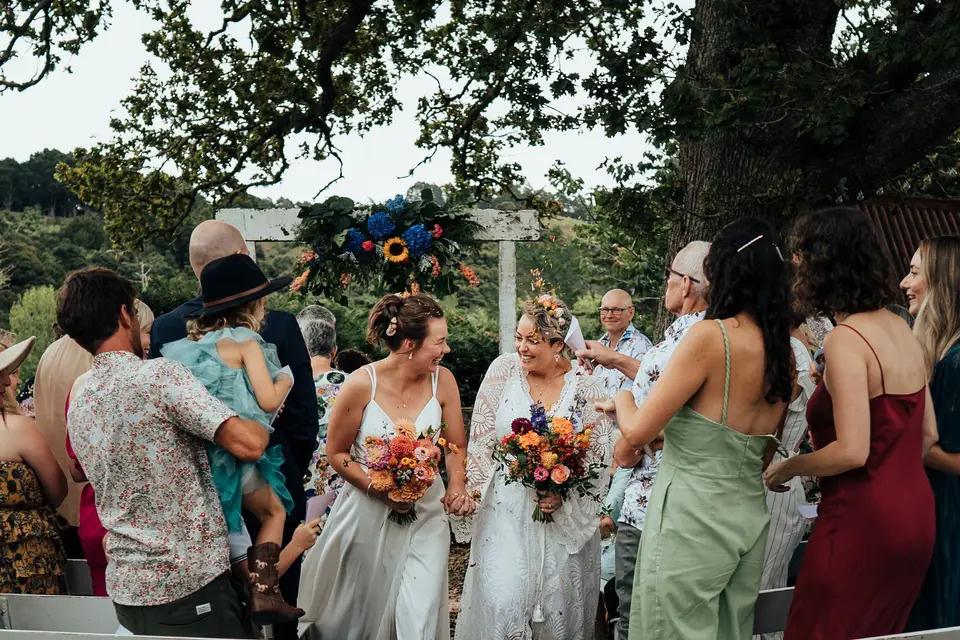
Traditionally, rice was thrown at the newly married couple to encourage fertility, but it was the Victorians who first used shredded paper. We’re pretty chuffed about that one, because the thought of picking food out of our hair on our wedding day does not appeal.
Today, biodegradable confetti is really popular (particularly if you’re planning an eco-friendly wedding). Take a look at our confetti guide for more ideas!
15. Why Does the Bride Get Carried Over the Threshold?
Carrying the bride over the threshold protects her from any evil spirits that may be lurking in the new home, particularly since the soles of her feet were known to be at the greatest risk of evil. Spooky!
Expert Tips on Wedding Traditions
Navigating the world of British wedding traditions can be complicated and confusing, so we asked leading luxury wedding planners Mark Niemierko of Niemierko Weddings and Jess Ghansah from Occasion Queens to weigh in with their thoughts on how important wedding traditions are, along with their answers to some of our most pressing questions.
Who Pays For What at a Wedding Traditionally?
Mark shares, "Traditionally the father of the bride pays for the wedding, but this is now far rarer. With either couple paying themselves, or even the bride's parents. Traditionally in America the groom's family host the rehearsal/pre-wedding night and thus pay for it."
Jess mostly agrees, saying, "Traditionally the family of the bride will pay for the wedding - although this is rarely the case with modern weddings! Most of our couples pay for the majority of the wedding themselves, with contributions from family. Often family members will pay for certain aspects of the wedding such as flowers, or drinks."
What Are the Most Popular British Wedding Traditions?
In Jess's experience, she's found that "Many couples are breaking away from traditions, but the ones that continue to take prescient in most weddings are speeches, cake cutting and first dance."
It's a similar story for Mark, who shares that, "The most popular traditions have obviously been namely around the ceremony, from the bride wearing white (trend set by Queen Victoria), to the ceremony format of groom and best man waiting, for the bridal party. And then all that comes with a traditional ceremony format from exchanging of rings, to saying I do and rounded off with a kiss!
"What I love to see is traditions staying but couples doing in their own format. Speeches is one – the traditional format is father of the bride, followed by groom and ending with best man. But I’ve enjoyed witnessing my couples mix that format up with perhaps the maid of honour speaking, or a mother speaking in place of a father.
"I always say wedding traditions should be held as a guide for couples to then mix into what best matches them."
What Are Some Strange Wedding Traditions?
"I wouldn’t call it strange," Mark explains, "but one that I feel comes with high expectations is the cutting of the cake.
"When in reality it’s not that big a moment, that guests from my experience aren’t that into as it traditionally comes so late in the day. My recommendation is to get traditions out of the way earlier on – say in the post ceremony drinks reception – when you still have the attention of the guests, and also as a couple you can relax more with those needed items ticked off.
"There comes a point through the event where a couple and guests are just eager for dancing to commence!"
Ultimately, Mark's bottom line is: "Your wedding your rules, deciding to say I do is tradition enough. Traditions should be used more as a guide, for you to then break into your own style."
Meanwhile, Jess reveals a story from her own wedding day: "When I got married, the vicar told me that walking back down the aisle, my new husband had to stand on my right, so that his right arm, traditionally, the sword arm or 'fighting arm', was free to fight off any enemies! It seemed funny at the time but it's something I've always remembered!"
Why Is The Engagement Ring Worn On The Fourth Finger?
Jess explains that, "In ancient times people believed that there's a vein that runs from your fourth finger on your left hand all the way to your heart! So wearing your ring on this hand symbolises the strong love that you share." Interesting!
At Hitched, we like to stick to three key takeaways:
- You don’t have to include them all! Pick the ones you like and do them well.
- Mix things up if you’re hosting LGBTQ+ wedding celebrations! Lots of these traditions were for brides and grooms, but there’s so many fun ideas you can replace them with if that isn’t you.
- The biggest rule is that there are no rules. Mix up the traditions as you see fit, and put a modern spin on things.
Wedding Traditions From Around the World
Across the world, every culture has its own unique and beloved wedding traditions that range from the sweet to the truly bizarre. French couples must drink from a toilet bowl, while Congolese newlyweds are forbidden to smile.
In Romania, brides are kidnapped and must be ransomed back by their husband, while in India the bride's family do the same - but to the groom's shoes. And in South Korea, poor grooms can barely get their feet back in their shoes after they've been whipped with a stick.
Some are funny, some are pretty gruesome, but all of them have their roots in wishing good fortune, fidelity and fertility to the newlyweds. Here's our pick of some of the sweetest and wildest wedding traditions around the world.
Wedding Traditions About Good Luck & Long Lives
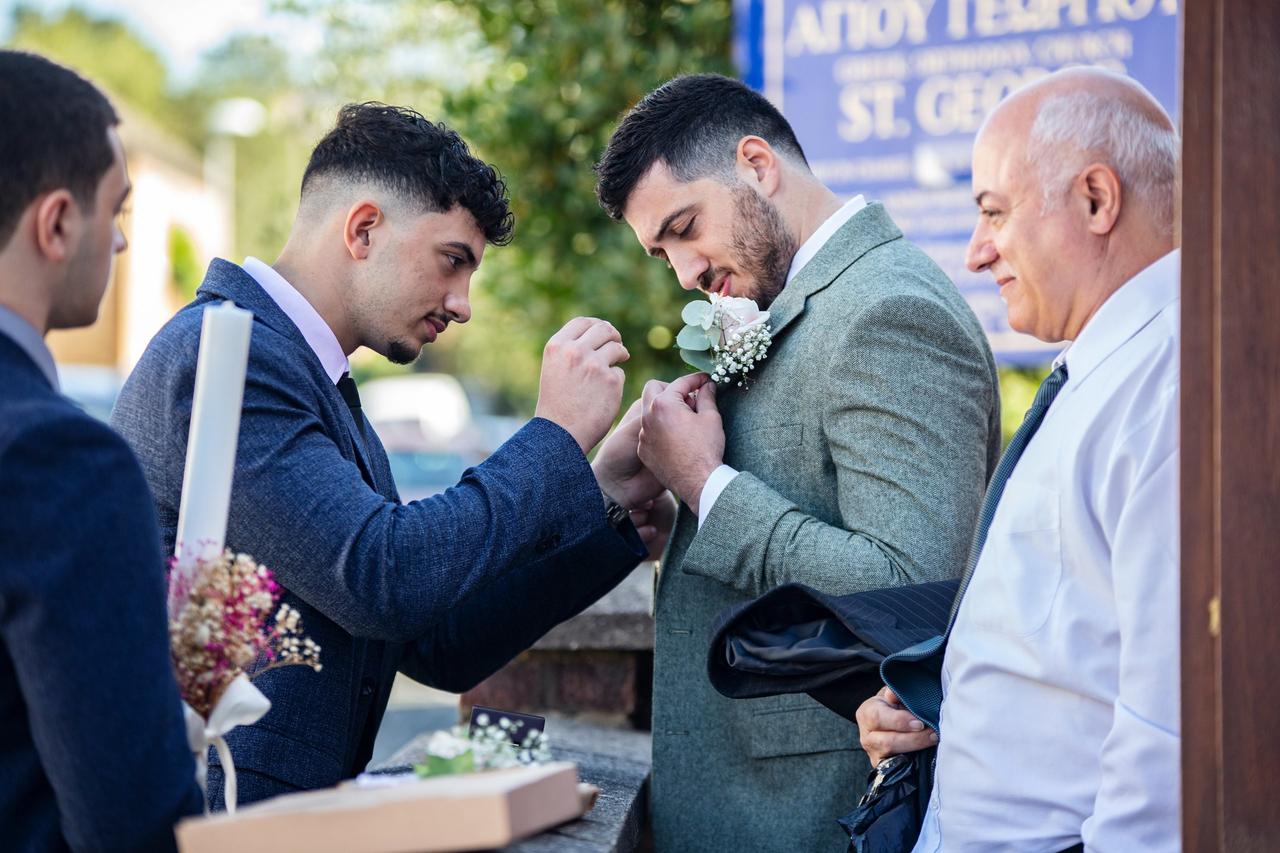
1. In Greece, brides should hide a sugar cube in their glove to ensure a sweet life and place a gold coin in their shoe for prosperous finances. The groom gets a less sticky end of the deal with a piece of iron in his pocket to ward off evil spirits. It's also considered good luck to have an odd number of guests at a Greek wedding.
2. We'd never heard of this one before, and it definitely sounds like something a mum made up the spot. Apparently if you find a spider lurking in your wedding dress, it's good luck. We'll hold our breath on this English tradition.
3. Hands up if you love chocolate and Champagne? Hands up if you'd drink it from a toilet bowl? Yes, it's a tradition in France for friends of the couple to put leftover food and drink in a (clean) toilet bowl or chamber pot then force the newlyweds to drink 'La Soupe'. The leftovers have been replaced these days with chocolate and fizz, but the toilet bowl is still a very key part. It's meant to give the couple strength for their wedding night.
4. Ouch! Egyptian women pinch the bride on her wedding day to bring the marriage good luck.
5. If you like baths, take after the Moroccan tradition where women bathe in milk to purify themselves before the wedding ceremony.
6. Congolese couples are not allowed to smile during their entire wedding day. Not during their photos, vows, dancing, nothing! If they do, it means they aren't serious about marriage.
7. The falaka or bastinado ceremony in South Korea is hard to beat for weird wedding traditions. The groom's friends and family hold him down and whip the soles of his feet with a stick or dried fish while asking him trivia questions. It's meant to test his strength of character and strengthen his memory.
8. Bulgarian couples MUST step into the church right foot first for good luck.
9. Like peas? Let's hope you live in the Czech Republic. Couples are showered with peas or lentils instead of rice as confetti. It's meant to enhance fertility - as is the custom of placing a baby on the couple's bed to bless them with children.
10. A pine tree or lilies of the valley are planted outside of the newlyweds' home in Holland as a symbol of fertility and luck. It symbolises a love that blossoms every spring.
11. Speaking of trees, if you're a Hindu woman born during the astrological period when Mars and Saturn are both under the seventh house, you'll have a quarrelsome marriage and should prepare for early widowhood. To break this curse, the bride has to first marry a tree and then cut it down.
12. The Scottish aren't ones for making it easy: in the past, the bride and groom were taken out the day before their wedding, soaked through with alcohol, then covered in treacle, feathers, flour and ash by their loved ones. Apparently this humiliating ritual kept the evil spirits away – and we can only imagine how long it took to scrub that concoction off.
13. If you're after something much nicer, Mexican couples will drape a lasso, or lazo, of rosary beads and flowers around their shoulders in a figure of eight while exchanging vows. This infinity symbol symbolises how long they want the marriage to last and the joining of the couple.
14. In Norway, the bride must wear an ornate silver and gold crown on her head that has small charms on it. When she walks, the tinkling sound of the charms is supposed to ward off those pesky evil spirits.
15. You may argue among yourselves who has the biggest mouth, but there's a way to test that in Russia. Newlyweds share a sweetbread called karavay which is decorated with a wheat ear-shaped wreath for prosperity and two interlaced rings for faithfulness. The puffier the bread, the happier and richer the newlyweds will be when they taste it. And whichever of the couple takes the biggest bite without using their hands is considered to be the head of the family.
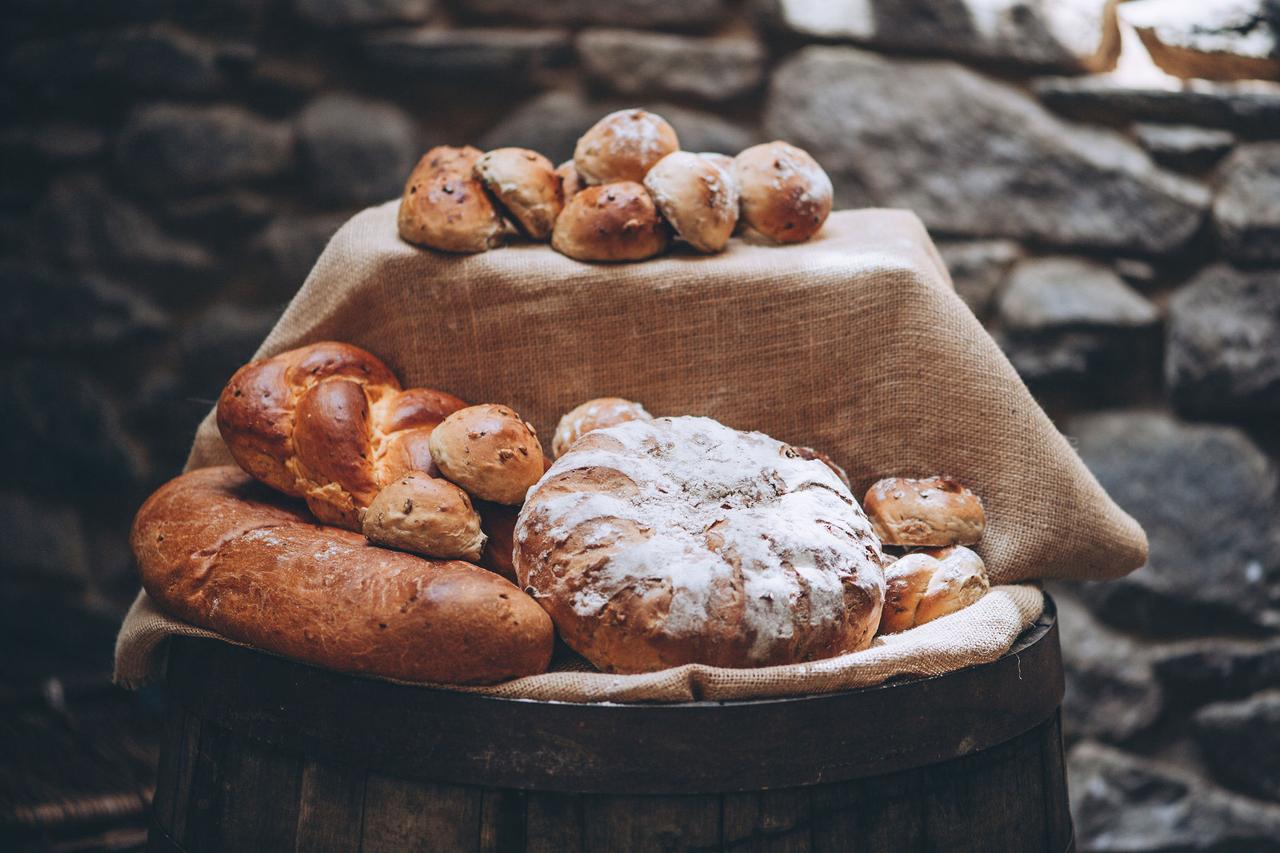
16. The Yoruba tribe in Africa have a tradition called the Tasting of the Four Elements. The couple get a literal taste during their ceremony of four flavours that represent the stages in a marriage. A slice of lemon for sourness to represent the disappointments they will face; a sip of vinegar for bitterness they must overcomes; cayenne pepper for heat to show the spice and passion and their relationship; and a spoonful of honey for the sweet joy in marriage. Tasting they all shows the couple will be able to overcome anything.
17. Shoes feature heavily in good luck traditions, and in Sweden the bride places a gold coin from her father and a silver coin given by her mother in each show to give lifelong good fortune and prosperity.
18. The people of Sweden also have a kissing tradition where any time the bride or groom leaves the table to use the bathroom, anyone and everyone of the opposite sex can steal a kiss from the newlywed left behind. Let's hope you're not the jealous type.
19. As for bathroom practices, it's this one in Borneo that's really making us wince. Indonesian couples spend the first three days of their marriage confined to their home together - quite nice so far - except they aren't allowed to use the toilet! It's meant to strengthen their bond (because nothing says love like a UTI).
20. In Thailand, wedding guests tie white strings, known as sai sins, around the bride's wrists for luck. If she can wear them for three days, even better fortune will come their way!
21. With sore dancing feet, we bet there's many a couple that wish they could sneak out their wedding reception early. But in Venezuela, there's even more reason to! It's good luck for the newlyweds to sneak off from the party before the end without being caught. It's also good luck for the guest that first realises they're gone.
22. Supposedly, Saturday is the unluckiest day to marry according to English folklore. Wednesday is considered the "best day" to marry, while Monday is for wealth and Tuesday is for health.
23. And did you know why summer weddings became so popular in the UK? It dates back to the 16th century when most people had their annual bath in May so they were still smelling pretty sweet by June. Luckily the bride could carry a bouquet of flowers to hide her body odour if she'd started to ripen - hence why brides carry a bouquet today.
24. German couples are presented with a log after their wedding, which they must saw in half as a team. It's believed to show their ability to overcome tough obstacles together.
25. The poor Germans aren't just sawing through a whole tree trunk. The night before the wedding, the guests will traditionally break loads of porcelain outside the bride's house to bring the couple's marriage luck in a custom called Polterabend. The couple have to take care of cleaning all the shards of porcelain up, helping them learn to get through any hardships in their marriage.
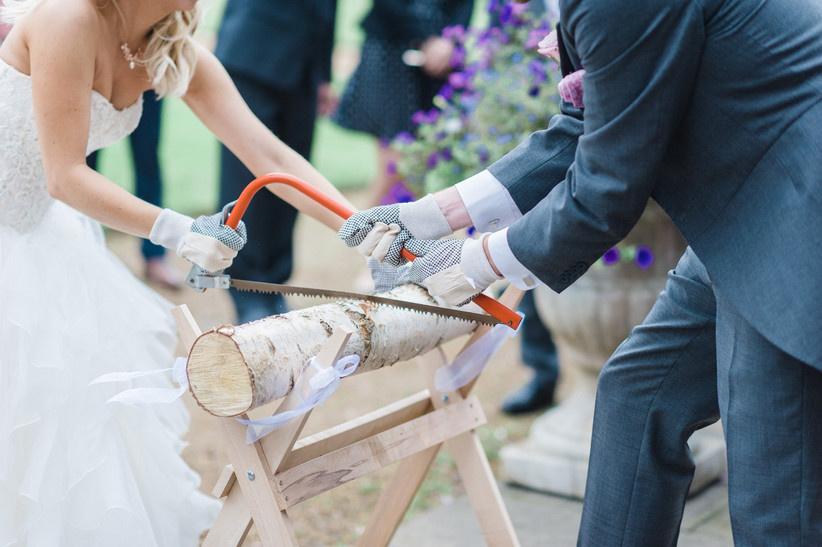
26. In Spanish Catholic weddings, the couple share 13 coins known as arras or unity coins which represent Jesus and his twelve apostles. The coins symbolise good fortune in the marriage ahead.
27. We all know that the best man began as a sibling or clansman who would stand to the right of the groom, armed and ready to fight anyone who tried to steal the bride during the ceremony. But the best man has a very different job today. In Greece, the best man or koumparos comes armed with a razor and shaves the groom's face. After this, the groom's new mother-in-law feeds him honey and almonds.
28. Each jewel has a symbolic meaning which can spell triumph or troubles for your marriage if it features in your engagement or wedding ring. Sapphire traditionally mean marital happiness and aquamarine represents martial harmony, both ensuring a long, happy marriage. However, a pearl is said to ring bad luck as its shape mirrors a tear.
29. You've got to have a lot of trust in your soon-to-be husband in China. The groom must shoot his bride with a bow and arrow (importantly the arrow doesn't have a head!), collect the arrows and then break them during the ceremony. Supposedly this ensures their love lasts forever.
30. In fact China has a wealth of unusual traditions. In the Sichuan province, brides schedule an hour of crying into their day for at least a month before the wedding. After 10 days, the bride's mum joins her for an hour of sobbing each day, and 10 days after that, Granny joins in; by the end of the month all the females in the family are crying with the bride. Known as Zuo Tang, which means Sitting in the Hall, it's actually meant to be an expression of joy - and brides can be punished if they don't cry hard enough.
31. After the wedding ceremony in Guatemala, the wedding party head back to the groom's house. Outside is a white ceramic bell filled with rice, flour and other grains that represent abundance and prosperity. It's the groom's mum's job to smash the bell to shower best wishes on the couple.
32. Ceramic factories must love a wedding as there's some smashing going on in Armenia too! The newlyweds will balance lavash flatbreads on their shoulders to ward off even spirits, and when they enter the wedding reception, they'll break a plate for good luck. The couple will then be fed lavash and honey by the groom's mum.
33. Irish folklore says that evil fairies will come and steal the bride away if she doesn't keep one foot on the floor at all times while dancing.
34. Never work with animals, but what about inviting one to your wedding? In Niger, wedding guests gather round a trained camel to watch it dance to a drumbeat at the reception. In the Philippines, the newlyweds release a pair of white doves into the air to represent a harmonious life.
35. Across Asia, wearing robes with cranes embroidered in them symbolises a loyal and faithful marriage.
36. Dance-offs are big at traditional Zulu weddings in South Africa. The Umabo ceremony takes place at the house of the groom and the bride must leave her own home early in the morning, covered in a blanket and not look back. Her father takes her to the groom's home and she is snuck in through the kitchen. The groom's family then pay a penalty for not noticing her. A cow is ritually slaughtered, the two families exchange gifts and there's a big dance-off between the two sides, symbolising the bride leaving her ancestral home for her husband's.
Wedding Traditions About Money
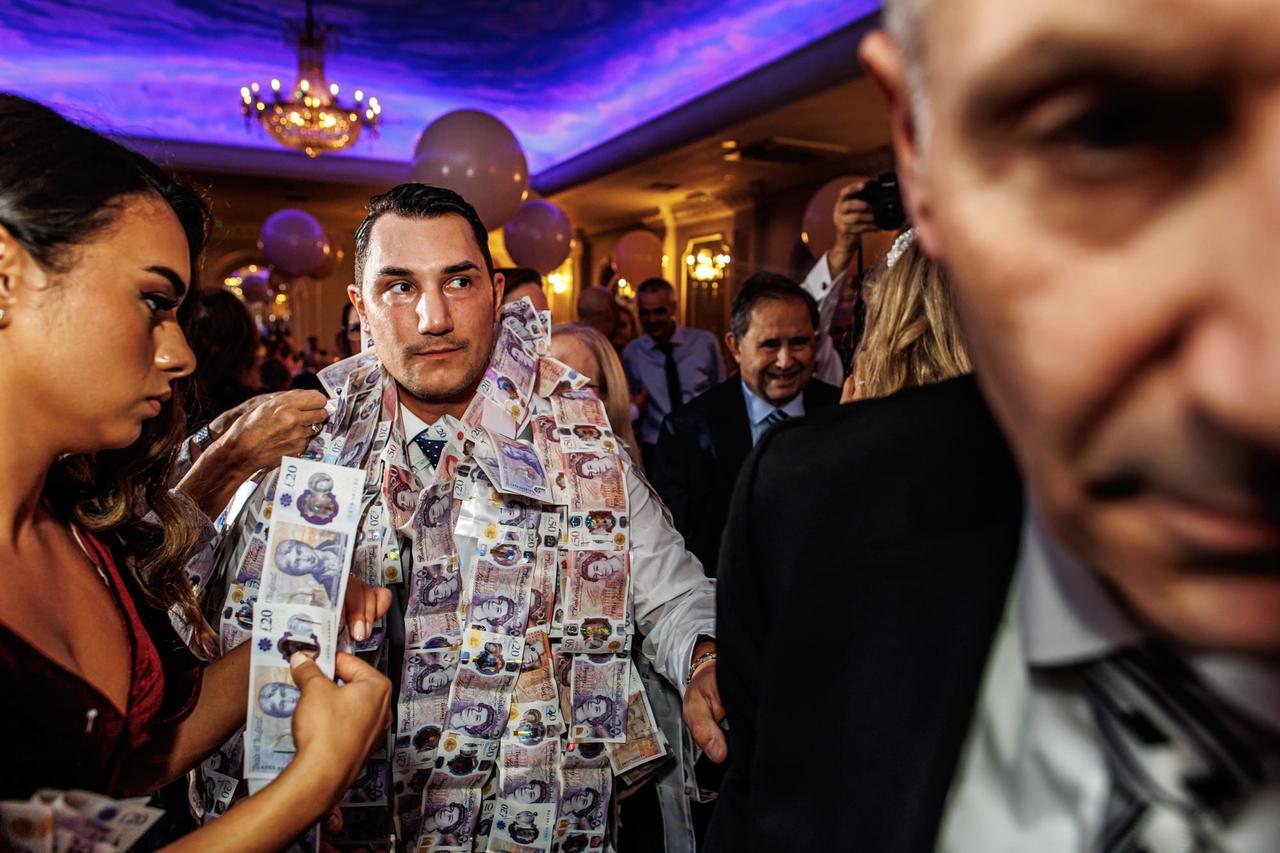
37. On the day of the wedding, an Indian bride's female relatives take part in a ritual called Joota Chupai where they steal the groom's shoes and demand ransom money for their return.
38. At some Spanish weddings, the groom's friends will take scissors and chop up his tie. The pieces will then be sold to guests to raise money for the newlyweds. The bride can get in on the action too by offering up her garter for the snip.
39. In Romania, the bride is playfully kidnapped her her wedding by her wedding guests. The guests will keep her hostage until the groom pays a ransom - normally bottles of alcohol, and sometimes as little as a love song for his bride.
40. There's a similar thing in Russia, where the groom must go to the home of the bride's parents on the wedding morning and pay them a "ransom" to show his worth. He'll use either use, gifts, or simply humiliate himself with a song and dance until the bride's family has had enough.
41. Bridesmaids in China have a seriously fun job on the wedding morning. They must put the groom through a series of tests called "wedding door games" to prove he's worthy of the bride. Then he pays the bridesmaids off with envelopes of money. Not too shabby a job!
42. A Nigerian money dance is a must if you want to claw back some money on your big day. In the Yoruba and Igbo tribes, guests will toss cash over the couples as they dance in what's called a money spray. The wedding party then help them gather it all up!
43. It's custom in Cuba that every male guest who dances with the bride must pin money to her wedding dress. This is to help the couple pay for their wedding.
44. Finnish brides traditionally went door-to-door with an older married man to collect gifts in a pillowcase. The man was meant to represent a long marriage.
45. Got an older, unmarried sibling? At French-Canadian weddings, your unwed brothers and sisters will don brightly coloured socks and do a dance for the guests. The guests will throw money at them which is then collected for the newlyweds.
Pre-Wedding Traditions
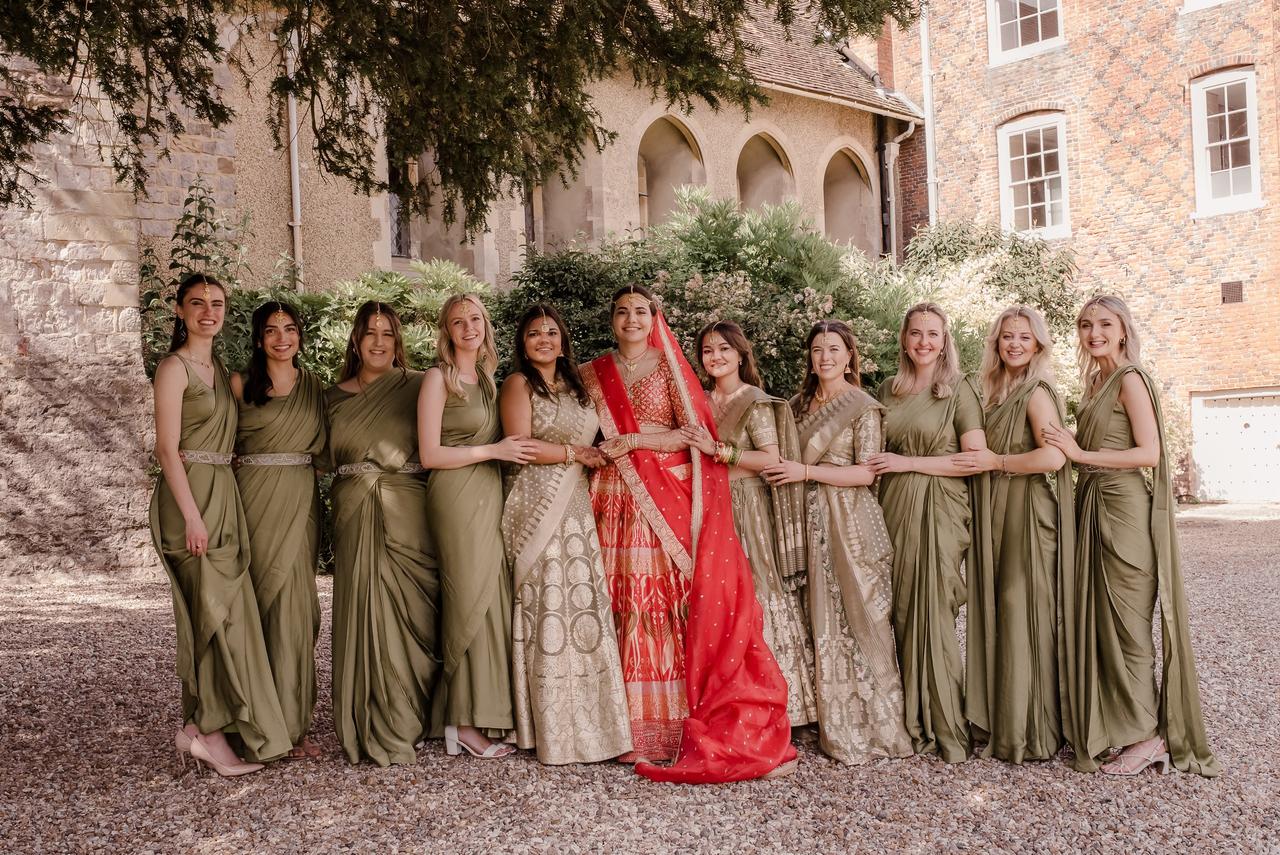
46. You've heard of a cake pop; well what about a cake pull? In Peru, the wedding cake is assembled with layers of ribbon between it to which charms are attached. One of these is a fake wedding ring, and at the reception, each single woman is encouraged to pull a ribbon from the cake. The single lady who gets the ring will be the next to marry. Considering this involves cake and a free ring, we much prefer this to the bouquet toss!
47. That's maybe better in some people's eyes than this Mongolian tradition. The engaged couple must cut up a chicken, holding the knife together, to find a healthy liver. They keep doing it until they find a healthy one, and only then can they set a date.
48. Welshmen are known for having big hearts. No wonder when a Welshman fell in love and wanted to propose, he'd carve a lovespoon from wood for his beloved. It would feature a key, to show they had the key to his heart, and beads which symbolised the number of children he hoped for.
49. You've got to really want to propose in Fiji. When a man asks his partner's father or her hand in marriage, he must present his future father-in-law with a whale's tooth. Plus points if you caught it yourself.
50. Indian, North African and Middle Eastern brides paint henna designs on their hands and feet to protect themselves from the evil eye.
51. Welsh brides are pretty good at making sure their bridesmaids get a chance to tie the knot too. The bridal bouquet customarily includes myrtle, a herb that symbolises love. The bride will give a cutting of myrtle to each of her bridesmaids, who must plant it. The first one it blooms for will be the next bride.
52. Forget a quick drink before the ceremony, in Lebanon it's an all out party! Their traditional wedding customs include something known as the Zaffe, which is a performance made up by a zaffe group, consisting of dancers, singers and drummers in traditional costumes. They lead the guests to the bride's house, where the couple is showered in flower petals, before being escorted to the ceremony with music and drums. Then they'll lead them from the wedding reception to the dance floor before the first dance.
53. Forget matching bridesmaid dresses! Especially popular in West Africa is the tradition of Asoebi: matching ceremonial fabric that the entire family and close friends of the bride and groom will wear during the wedding. The bride and groom's families will each have their own asoebi making it very easy to tell who is with who!
54. Brides in the Western world didn't wear white until Queen Victoria started the trend in 1840. Before then brides wore red or whatever was their best dress. However, this was always the trend in Japan.
55. And veils came from Ancient Greeks and Romans who thought the veil protected the bride from evil spirits.
Old-Fashioned Traditions That May Surprise You!
Weddings have always been filled with traditions, but some customs from the past might seem downright bizarre to modern couples. While we may be familiar with tossing the bouquet or cutting the cake, there are plenty of lesser-known historical wedding customs that might leave you raising an eyebrow.
The Flitch of Bacon Custom
Originating in medieval England, the Flitch of Bacon tradition rewarded a side of bacon to married couples who could swear after a year and a day that they had never regretted their union. This quirky custom, particularly associated with Great Dunmow in Essex, involved a ceremonial ‘trial’ where couples would plead their case to a jury of bachelors and maidens.
If successful, they were paraded through the town in a grand procession, their prize held aloft like a trophy. Though the practice dwindled over time, the tradition has been revived in recent years, with Dunmow still holding a Flitch Trial every four years!
Jumping the Broom
Often associated with African American weddings, ‘jumping the broom’ also has strong roots in British Romani customs. In Wales, Romani couples would signify their commitment by leaping over a broomstick, symbolising their sweeping away of the past and stepping into a new life together.
Among the Welsh Kale and English Romanichals, this practice was prevalent well into the 19th century, particularly among those who lacked access to formal church weddings.
Shoe Throwing for Good Luck
In Victorian England, wedding guests would throw old shoes at the bride and groom as they left for their honeymoon. Unlike today’s rice-throwing or confetti-scattering customs, this act wasn’t just a playful gesture - it was believed to bring prosperity and ensure a happy marriage.
Even earlier, in the Tudor period, it was customary for the father of the bride to hand over one of her shoes to the groom, symbolising the transfer of authority over the woman from her father to her new husband.
Carrying the Bride Over the Threshold
The practice of the groom carrying the bride over the threshold has its origins in ancient Rome, where it was believed that evil spirits lurked at the entrance of the couple’s new home. By lifting the bride off the ground, the groom prevented these spirits from entering her body through her feet.
In some cultures, the act also signified the bride’s reluctance to leave her family home too eagerly, preserving her modesty.
Crying on Cue
While most brides hope for happy tears on their wedding day, in certain parts of China’s Sichuan province, crying was once a requirement. A month before the wedding, the bride was expected to begin crying every day, gradually joined by her mother, grandmother, and female relatives.
This ritual, called Zuo Tang, was a way of expressing gratitude and mourning the transition from childhood to married life.
The Bridal Cake Was Once in the Groom’s Face
Before the elegant, tiered wedding cakes of today, early English weddings featured a rather aggressive pastry tradition. Guests would break small cakes over the bride’s head as a blessing for fertility and prosperity. Over time, this evolved into the more familiar custom of cutting and sharing the cake.
Wearing Bells to Ward Off Evil
In Irish wedding traditions, small bells were often incorporated into the bride’s attire or the ceremony itself. The ringing of bells was believed to chase away malevolent spirits that might bring bad luck to the marriage. Even today, tiny bells are sometimes given as wedding favours to symbolise a harmonious union.
Kidnapping the Bride
Though it may sound shocking now, bride-kidnapping was once a common practice in parts of Europe, particularly in Scotland and Scandinavia. In some cases, a groom and his friends would ‘abduct’ the bride-to-be, requiring her family to ‘rescue’ her or negotiate her return - often with a wedding as the outcome.
While this custom thankfully no longer exists in most places, it still lingers in some wedding traditions, such as the ‘stealing of the bride’ games at modern Eastern European receptions.
These bygone wedding traditions provide a fascinating glimpse into the past, reminding us how customs evolve over time. While some have been abandoned altogether, others have transformed into the traditions we still cherish today. Who knows? Maybe some broomstick hopping could be just what your wedding needs!
Now you’ve decided which marriage customs and traditions you’ll be including in your wedding day, you might want to think about the more contemporary touches you can add to the celebration. Take a look at our round-up of the top wedding trends!

